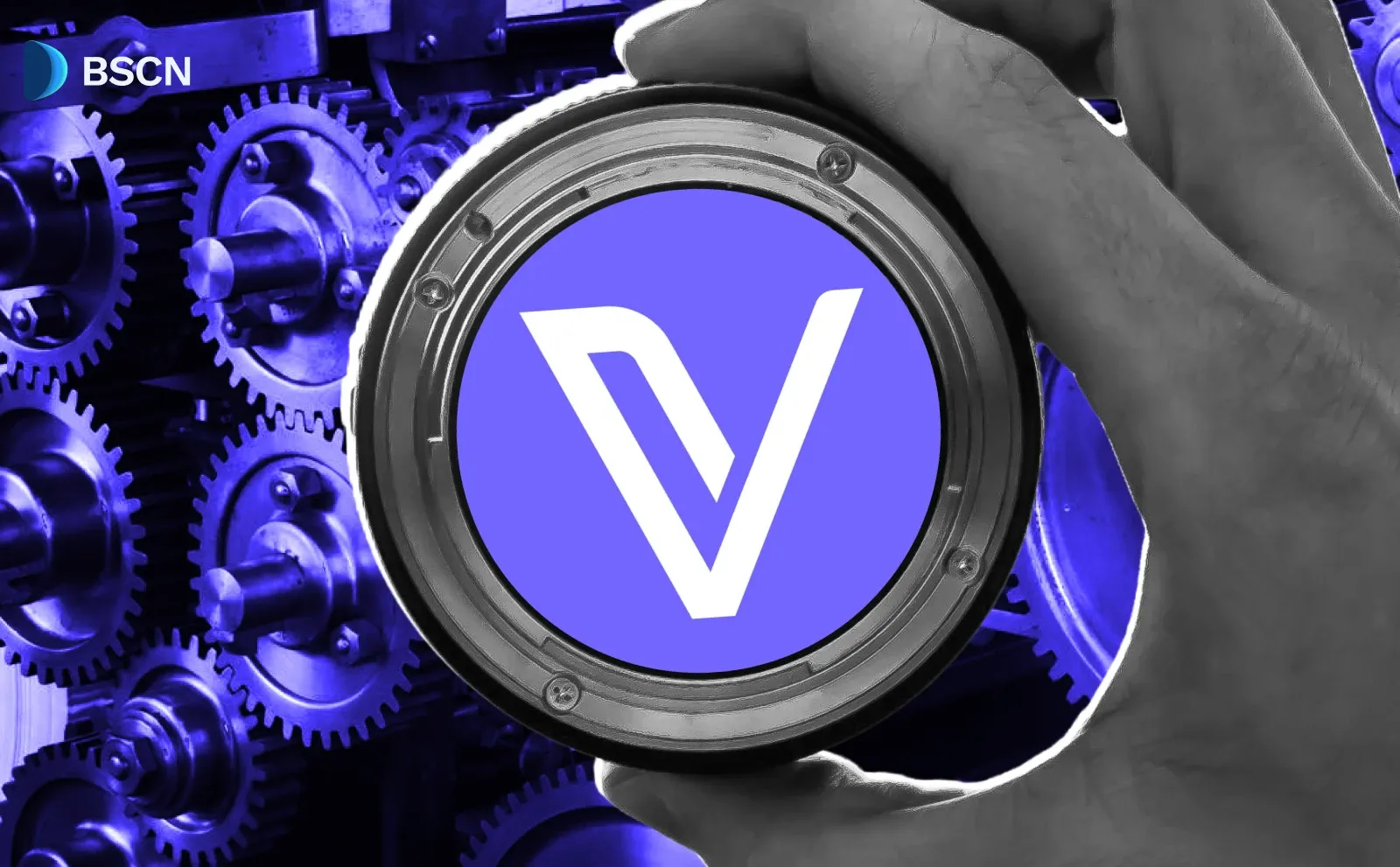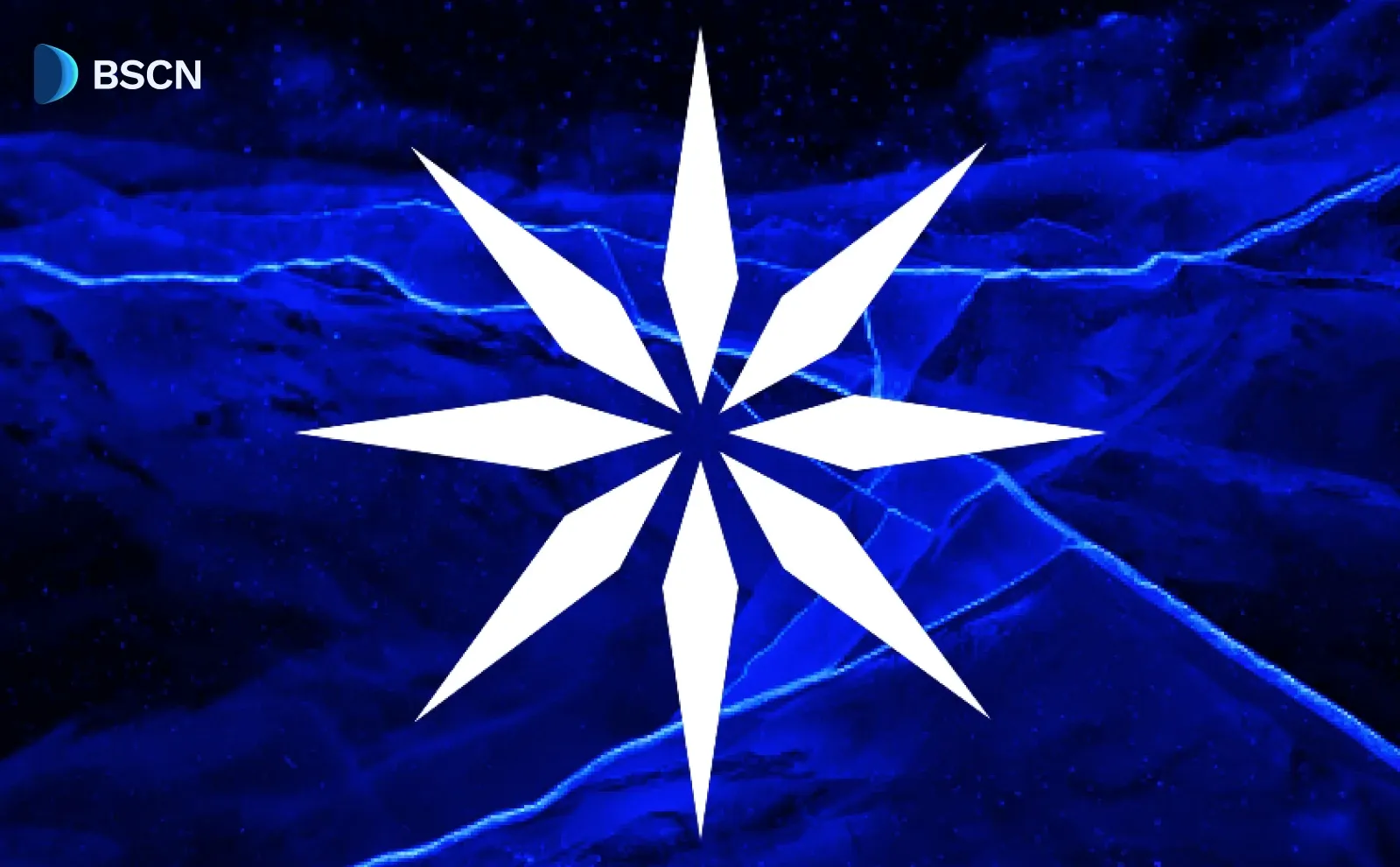News
(Advertisement)
1inch Unveils Aqua Giving Users Self Custody, Shared Liquidity

1inch launches Aqua, a shared liquidity layer that lets users run multiple DeFi strategies from one wallet without locking funds or losing custody.
Soumen Datta
November 18, 2025
(Advertisement)
Table of Contents
1inch recently launched Aqua protocol, a shared liquidity framework that lets users apply one set of assets to multiple DeFi strategies at the same time. It removes the need to lock funds, and it keeps tokens in the user’s wallet while strategies access liquidity through atomic execution.
Forget TVL. It’s time for Total Value Unlocked.
— 1inch (@1inch) November 17, 2025
1inch Aqua is the new liquidity protocol to change the face of DeFi.
Share assets across multiple strategies, without locking.
Deeper liquidity. Unlimited capital efficiency. Funds stay in your wallet.
Get developer access now… pic.twitter.com/0EkJIhDNX1
Aqua is designed to reduce liquidity fragmentation, improve capital efficiency, and simplify how both users and developers interact with decentralized finance.
What Is Aqua and How It Works
Aqua is a new protocol from the 1inch Network that allows users to share the same assets across several trading strategies without depositing those assets into separate pools. Traditionally, liquidity providers must choose a single strategy and lock their funds into a smart contract. Aqua changes that model.
Aqua tracks balance authorizations from each wallet and lets strategies pull and return assets only at the moment a trade is executed. Nothing moves unless the transaction is confirmed. This structure means users can support AMM pairs, stable swaps, or custom strategies all at once.
This shared-liquidity design connects directly to 1inch’s focus on capital efficiency. Instead of competing for total value locked (TVL), strategies now access the same capital base. For users, this reduces fragmentation. For developers, it removes deposit, withdrawal, and pooling mechanics.
Why 1inch Built Aqua
Before Aqua, liquidity was spread across many pools. A provider who held USDT, USDC, and ETH had to split funds between AMMs, stable pools, or custom strategies. Each pool required a separate deposit, and choosing one strategy meant losing potential yield from another. This created:
- Capital fragmentation
- Competition between strategies
- Higher opportunity cost
- Reduced liquidity depth
- Limited efficiency for smaller networks
Aqua reorganizes this structure by treating the wallet itself as a liquidity pool. Strategies read balances directly and execute trades atomically based on predefined rules.
Key Capabilities of the Aqua Protocol
Shared Liquidity Across Strategies
Aqua allows several strategies to use the same asset at the same time. This means liquidity providers no longer divide tokens between separate pools.
Self-Custody By Default
Funds never leave the wallet unless the user signs a transaction. Aqua is non-custodial at its core. Institutions and market makers can also use smart contracts to create shared-balance setups, but the main architecture remains self-custodial.
No Locking or Pool Deposits
There are no deposits or withdrawals. Strategies access liquidity based on wallet balances and permissions.
Atomic Execution
Aqua only moves assets when both sides of the transaction complete. This ensures safety and reduces risk exposure.
Developer Simplicity
Developers do not manage funds or write accounting logic. They query Aqua for balances and build products on top using Aqua’s SDK, libraries, and documentation.
How Shared Liquidity Works in Practice
A wallet holding USDC, USDT, and ETH can authorize all assets for several strategies at once. For example:
- A USDC–ETH concentrated liquidity position
- A USDT–ETH concentrated liquidity position
- A USDC–USDT stable swap position
Traditionally, this would require three separate pools. With Aqua, each strategy accesses the same tokens under its own rules. Even if one strategy goes out of range, others can remain active because the capital has not been locked away.
This design multiplies effective liquidity. The user deploys the same tokens across several strategies, doubling or even tripling their functional use depending on market conditions.
What Aqua Means for the DeFi Ecosystem
Aqua changes how liquidity flows across networks. Instead of each protocol fighting for deposits, strategies gain shared access to user-controlled liquidity. This helps:
- Lower fragmentation
- Improve execution quality
- Support deeper liquidity across chains
- Enable more efficient automated market making
- Raise utility per dollar of capital
Smaller networks also benefit because shared liquidity reduces the need for large TVL to support larger trades.
Developer Release and Early Access
1inch has opened Aqua to developers before releasing a public interface. Builders can start experimenting with the Aqua SDK, which includes:
- Libraries
- Full documentation
- Reference strategies
- Integration examples
Developers can also build strategies using SwapVM, a partner protocol that lets teams assemble approaches using pre-built instruction sets. 1inch is offering bounties of up to $100,000 for optimizations, performance improvements, and bug reporting during this phase.
Aqua’s Architecture and Technical Approach
Modular Strategy Design
Strategies operate independently and define their own conditions. Aqua’s accounting layer manages access, rules, and limits to ensure proper execution.
Balance Queries Instead of Deposits
Applications no longer need to handle deposit logic. Instead, they query Aqua for current balances and execute trades based on those numbers.
Atomic Liquidity Pull and Return
When a transaction is signed, strategies borrow the needed assets and return them within the same atomic operation. This ensures that funds are not at risk between steps.
Support for Multiple Strategy Types
Aqua can support:
- AMMs and concentrated liquidity models
- Stable swap algorithms
- Custom logic defined by developers
- Market-making strategies
- Cross-chain routing designs
The design aims to simplify market-making and reduce redundancy across the ecosystem.
1inch’s Broader Ecosystem and Timing
Aqua arrives as part of 1inch’s broader push to expand DeFi infrastructure. The 1inch Network already supports over 26 million users and processes more than $259 million in daily volume on Nov. 18, through its DEX aggregator.
Recent initiatives include:
- Coinbase integrating 1inch’s API to improve swap execution
- Native cross-chain swaps between Solana and EVM networks
- Expansion into routing, wallets, and liquidity tools
Aqua’s frontend is scheduled for release next year. Until then, the developer preview provides access for:
- Building new strategies
- Testing integration
- Providing feedback
- Preparing for broader adoption
The preview encourages the community to shape how shared liquidity will operate in real-world conditions.
Conclusion
Aqua is a shared liquidity framework that allows users to support multiple DeFi strategies with the same capital while keeping full custody of their assets. It reduces liquidity fragmentation, increases capital efficiency, and removes the need for deposit-based pool mechanics. For developers, Aqua provides a simpler environment for building strategies. For users, it enables flexible liquidity deployment without locking tokens.
Resources:
1inch X platform: https://x.com/1inch
Announcement - Aqua developer release: open architecture to unlock DeFi liquidity: https://blog.1inch.com/aqua-developer-release/
1inch introduces DeFi shared liquidity model 'Aqua' - report by The Block: https://www.theblock.co/post/378999/1inch-aqua
1inch Unveils Protocol Letting Multiple DeFi Strategies Share the Same Capital - report by CoinDesk: https://www.coindesk.com/web3/2025/11/17/1inch-launches-aqua-a-protocol-letting-multiple-defi-strategies-share-the-same-capital
Read Next...
Frequently Asked Questions
What is Aqua?
Aqua is a shared liquidity protocol from 1inch that lets users apply the same wallet assets to multiple DeFi strategies at once without locking funds.
How does Aqua improve capital efficiency?
Aqua allows several strategies to draw liquidity from the same wallet balance, reducing fragmentation and increasing how much liquidity one user can provide.
Is Aqua custodial?
No. Aqua is fully non-custodial by default. Assets remain in the user’s wallet, and strategies access funds only during atomic execution.
Disclaimer
Disclaimer: The views expressed in this article do not necessarily represent the views of BSCN. The information provided in this article is for educational and entertainment purposes only and should not be construed as investment advice, or advice of any kind. BSCN assumes no responsibility for any investment decisions made based on the information provided in this article. If you believe that the article should be amended, please reach out to the BSCN team by emailing [email protected].
Author
 Soumen Datta
Soumen DattaSoumen has been a crypto researcher since 2020 and holds a master’s in Physics. His writing and research has been published by publications such as CryptoSlate and DailyCoin, as well as BSCN. His areas of focus include Bitcoin, DeFi, and high-potential altcoins like Ethereum, Solana, XRP, and Chainlink. He combines analytical depth with journalistic clarity to deliver insights for both newcomers and seasoned crypto readers.
(Advertisement)
Latest News
(Advertisement)
Crypto Project & Token Reviews
Project & Token Reviews
Comprehensive reviews of crypto's most interesting projects and assets
Learn about the hottest projects & tokens













